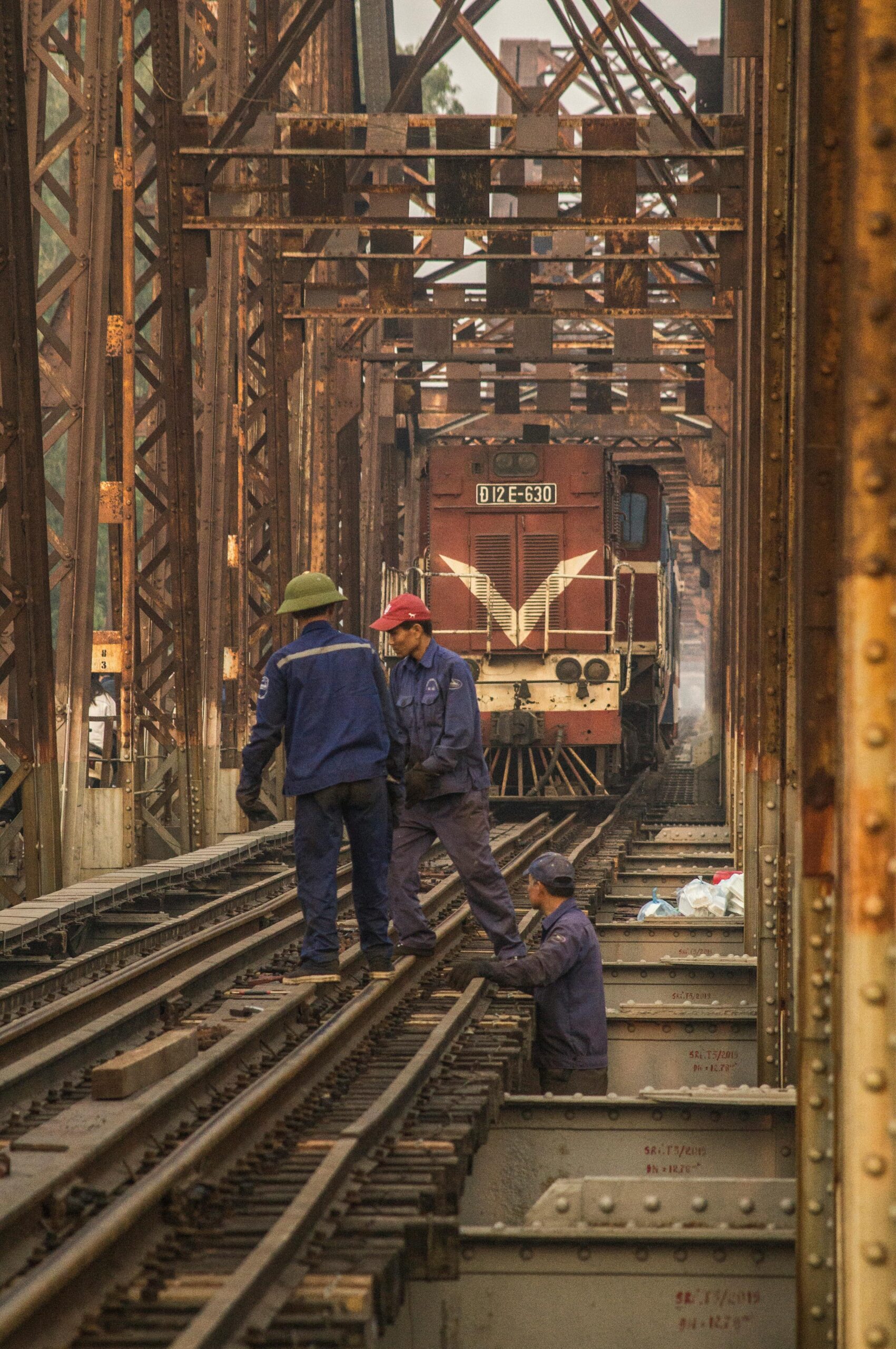Construction training means more than just learning how to handle various tools; rather it is to smarten up, be safe and efficient when working on-site. Whether in a detailing business or undertaking building projects on a large-scale, proper training will keep the organization productive and safe. New members of the team as well as senior management benefit from targeted training courses that improve skills and reduce risks.
Here is a brief description of the major construction training types, focusing on safety, skills, and personal advancement.
1. Mandatory Safety Training
Safety underlines any construction project. Legal regulations and norms require workers to undergo imperative safety training before stepping on-site.
Health and Safety Induction
A site-specific induction must be performed by every worker. This covers emergency procedures, hazard awareness, and personal protective equipment (PPE). These sessions mark out the way toward a secure work environment.
Site Safety Plus
The CSCS (Construction Skills Certification Scheme) recognizes Site Safety Plus courses that span the basic awareness of safety matters to supervisory skills. Such qualifications are critical to accessing a site and/or complying with its requirements in the UK.
Working at Heights
Falls are one of the top causes of injuries. It trains participants in ladder safety, scaffolding, harnesses, and other techniques for preventing falls. No one shall ever work above ground level without such certification.
2. Skills Development Training
Construction workers must possess, aside from safety knowledge, technical skills to work well on-site.
Use of Tools and Equipment
Appropriate use of tools and machines reduces accidents and increases efficiency. Workers get practical training in operating equipment from drills to heavy-duty machinery.
Material Handling
Construction materials like steel, cement, and timber can be dangerous when mishandled. Training ensures safe lifting, transporting, and storing practices.
Manual Handling Training
Back strains and injuries caused by lifting are common in construction. This training teaches safe techniques for lifting, thereby minimizing long-term injury.
Scaffolding Training
Sharp, careful work is needed for putting up and taking down scaffolding. Initial training consists of inspection, secure assembly, and safety compliance.
Specialized Training
Specialized training is for workers who work with distinct and specific hazards or technical operations.
Electrical Safety
Electricity is an invisible danger. This training teaches the worker how to work safely with the wiring and electrical system without necessarily working with the electrical components.
Asbestos Awareness
Asbestos can kill if disturbed. Workers have learned to identify and handle asbestos-containing materials as per legal requirements.
Fire Safety
There are materials at worksites that catch fire easily. Fire safety training takes care of managing fires, how to use a fire extinguisher, and evacuation drills so that workers and structures can be saved.
Supervisory and Manager Training
It is about more than job experience running a site. It needs to be effective for a manager to have received leadership training so that they may command their team and remain legally compliant.
Site Management Safety Training Scheme (SMSTS) This course teaches site managers how to conduct risk assessments, site safety management, and the legal obligations that must be met.
Project Management.
Project management training helps leaders plan, budget, and execute construction tasks efficiently-keeping everything on track and within budget.
Certificate and CPD.
The industry of construction industry is continuously changing. Continuous training keeps employees and organizations abreast of changes and ensures competitiveness and compliance.
Banksman/Traffic Marshal Training
Directing traffic on site safely is another important consideration, along with hand sign recognition, driver communication, and risk awareness.
Construction NVQs and SVQs
These qualifications attest to practical skills, especially in trades such as plastering and site supervision, and are therefore self-boosting for one’s credibility and career.
CPD Workshops and Seminars
Frequent workshops will also keep workers updated with new trends, tools, and safety regulations, such as using newer equipment like a Kawasaki Mule fuel pump (as seen on). For example, understanding new equipment like a Kawasaki Mule fuel pump (as seen on Osiaspart Can improve on maintenance practices and on avoiding downtime.
Conclusion
Whether an organization is a newcomer or managing a big team, training is a simple investment to make in order. It promotes safer job sites, better-skilled employees, and stronger project results. Training is relevant even when the focus lies outside construction, such as the management of a river or a landfill. Detailing business principles of safety, skill, and continuous improvement applies the same here. For growth in reliability and team performance, there is no end to learning.
Safety first, skills on the shelf, and continuously creating smarter artefacts.


Leave a Reply